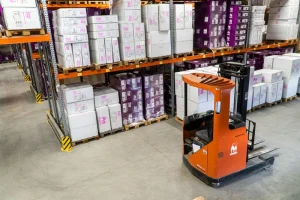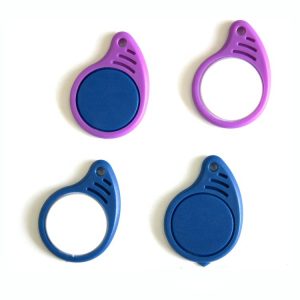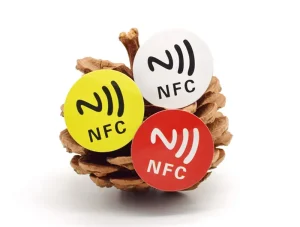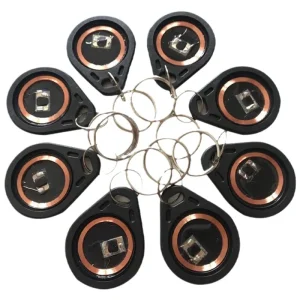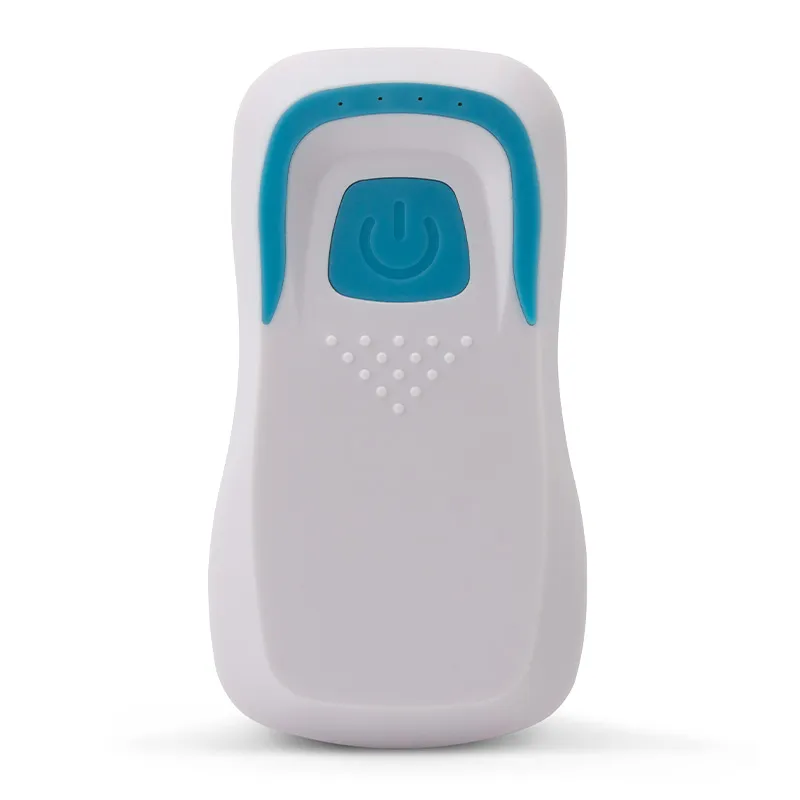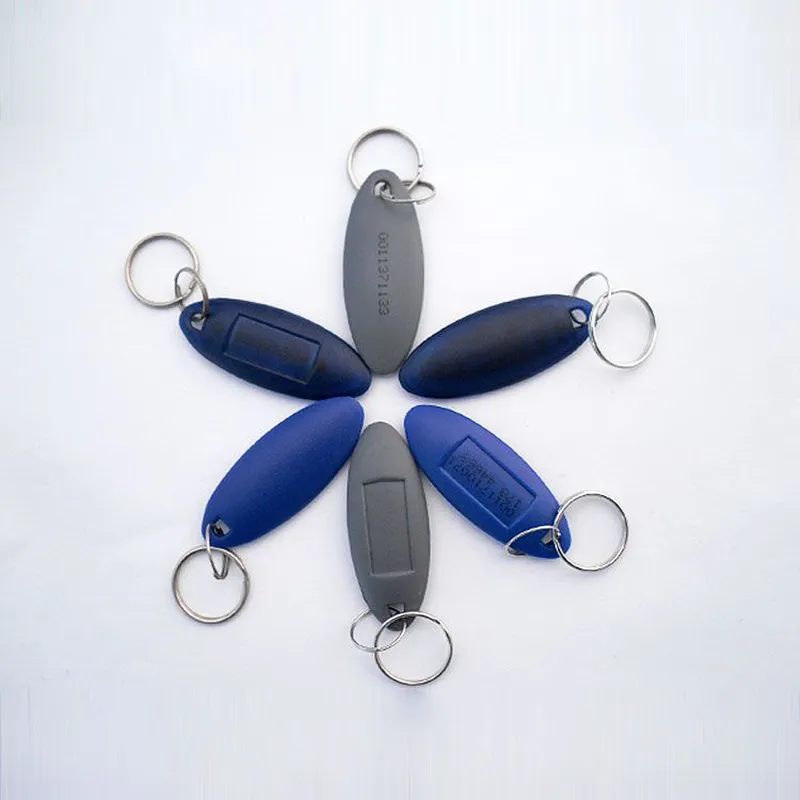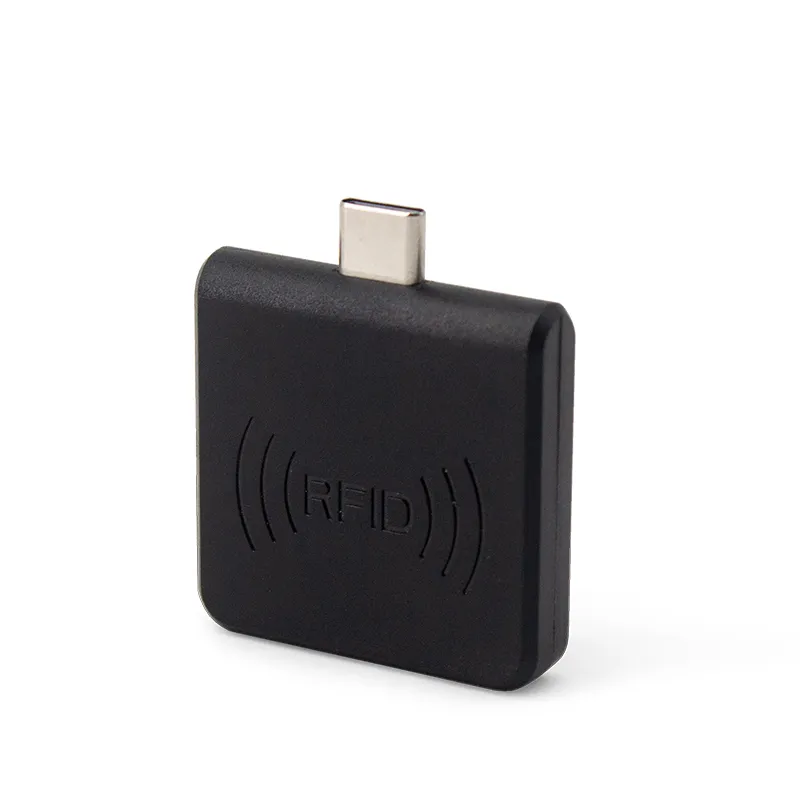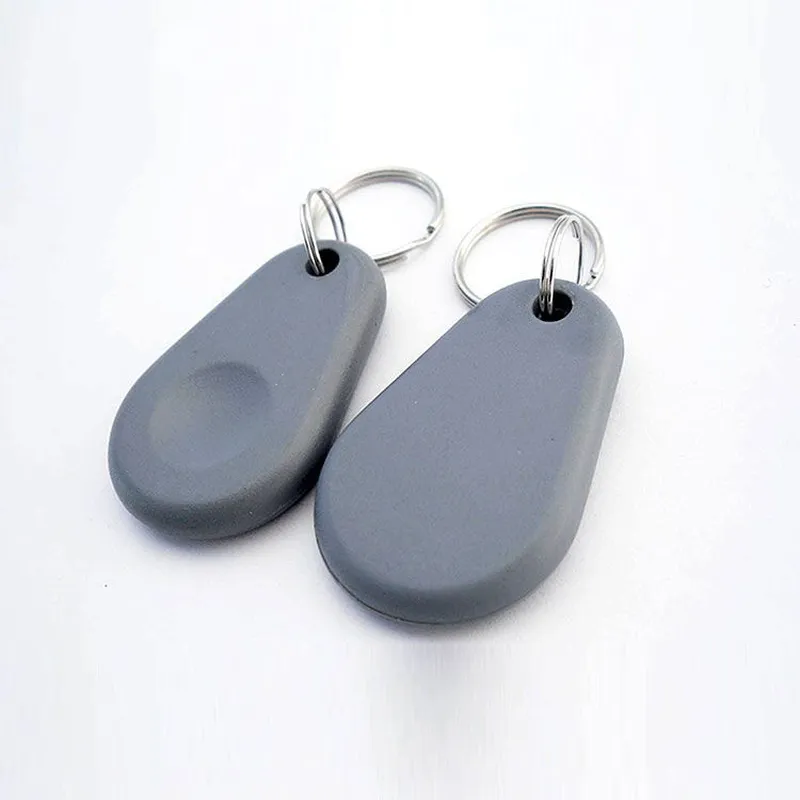RFID Blank Card
CATEGORIES
Featured products
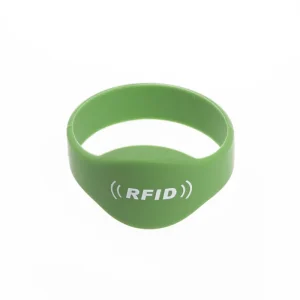
Wrist Band Access Control
Wrist Band Access Control is a practical and comfortable device…
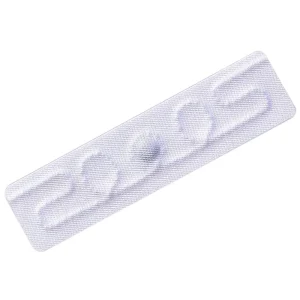
Tag UHF
The RFID Tag UHF Laundry Tag 5815 is a robust…
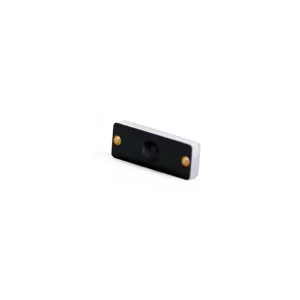
RFID Tags For Manufacturing
Size: 22x8mm, (Hole: D2mm*2) Thickness: 3.0mm without IC bump, 3.8mm…
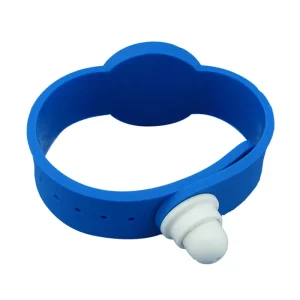
Wristband Access Control
The supplier of PVC RFID Wristband Access Control prioritizes customer…
Recent News
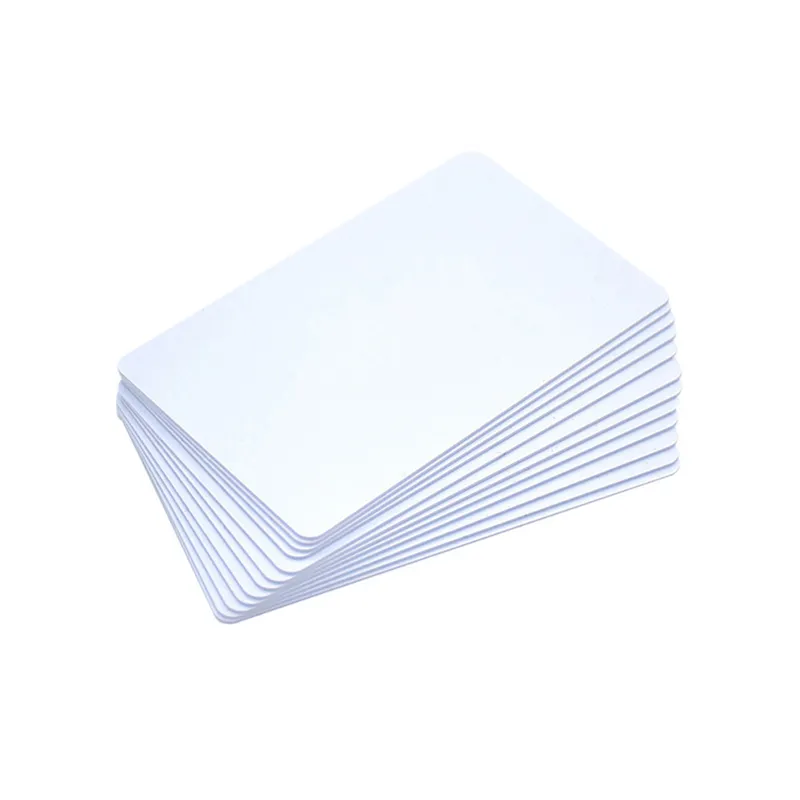
Short Description:
RFID Blank Cards are used in applications requiring tracking or access control. They come in various frequency bands, such as 125 kHz low-frequency proximity, 13.56 MHz high-frequency smart cards, and 860-960 MHz ultra-high frequency (UHF). These cards are used for asset management, automation of production lines, retail, warehouse management, medical industry, and transportation.
Share us:
Product Detail
RFID Blank Cards are used in applications where tracking or identifying people is important or where access control is required. Today, various RFID frequency bands are used in cards, including 125 kHz low-frequency proximity, 13.56 MHz high-frequency smart cards, and 860-960 MHz ultra-high frequency (UHF).
Proximity cards and smart cards are often simply referred to as “RFID cards.” The type of RFID frequency band used depends on the application, taking into account the security level, read range, and data transfer speed requirements.
- 125 kHz (LF) – Common proximity card format used for employee badges and door access control.
- 13.56 MHz (HF) – Higher security format used for credit cards and employee badges for physical and logical access control.
- 860-960 MHz (UHF) – UHF cards have a read range of up to 50 feet and are used for identification, access control, and transaction processing.

RFID Card Parameters
| Item | Factory MIFARE Classic® 1K 13.56Mhz RFID blank PVC Card |
| Special Features | Waterproof / Weatherproof |
| Communication Interface | RFID |
| Place of Origin | China |
| Brand Name | OEM |
| Model Number | RFID PVC Card |
| Special Features | Waterproof |
| Model Number | 13.56mhz RFID Card |
| Chip | MIFARE Classic® 1K |
| Protocol | ISO14443A |
| Craft option | barcode, magnetic stripe, series number embossing |
| Surface | matte, glossy, frosted |
| Size | CR80:85.5*54*0.9mm |
| Printing | inkjet printing, thermal printing, digital printing |

Technical Features:
- Contactless transmission of data and supply(no battery needed)
- Fast communication baud rate:106Kbit/s
- Contactless transmission of data and supply(no battery needed)
- Operating distance: up to 100mm(depending on antenna geometry)
- Half duplex communication protocol using handshake
- Encryption algorithm compatible with MF Classic1K S50
- Typical transaction time:<100ms
- 1024x8bit EEPROM memory
- High-security level data communication
- Endurance:100,000cycle
- Data Retention:10 years

RFID blank card application scenarios
RFID blank cards are an identifying tool that may be used with access control systems. Each user is given a card with a unique RFID tag, which allows the system to recognize them and manage their access to certain locations. By limiting access to certain regions to just authorized individuals, this program enhances security and streamlines administration.
Asset management: Complete asset visualization and real-time information updates may be accomplished by attaching RFID tags to fixed assets. This enhances the accuracy and efficiency of asset management by helping to efficiently monitor the usage and flow of assets.
- Automation of the production line: Real-time tracking and management of materials and semi-finished goods may be accomplished on the manufacturing line by using RFID blank cards. This lowers production costs, increases production efficiency, and minimizes waste and mistakes in the manufacturing process.
- Retail sector: RFID tags may be used to settle items and prevent theft, which increases the sector’s operational effectiveness. For instance, by scanning products with RFID tags, shop employees may more rapidly locate and manage inventory, resulting in more effective customer service.
- Warehouse management: By using RFID tags to monitor the whereabouts and conditions of items in the warehouse in real time, warehouse management effectiveness may be increased. Automated inventory management may be achieved by installing RFID readers, which enable the system to automatically read and update the location and status information of items.
- Medical industry: RFID technology may be used to monitor and track medications and medical supplies. RFID tags provide real-time tracking of the location and condition of pharmaceuticals and medical supplies, ensuring proper management and usage.
- Transportation: To increase the effectiveness of transportation, RFID tags may be used to monitor the position and status of commodities and vehicles in real time. RFID technology may assist businesses in the logistics sector by enabling them to monitor and find products rapidly, increasing logistics efficiency and lowering transportation costs.

![Rfid Tag manufacturer [Wholesale | OEM | ODM]](https://www.fjrfidfactory.com/wp-content/uploads/2024/04/logo.webp)
